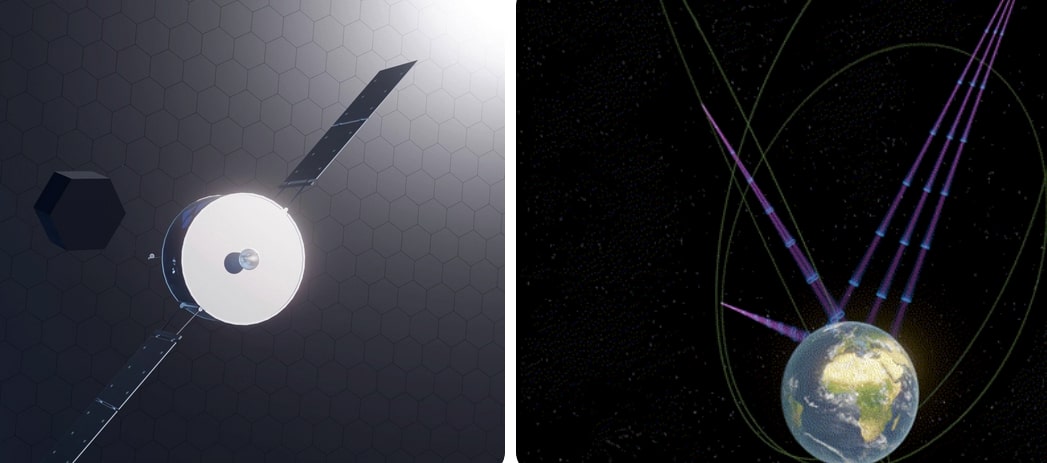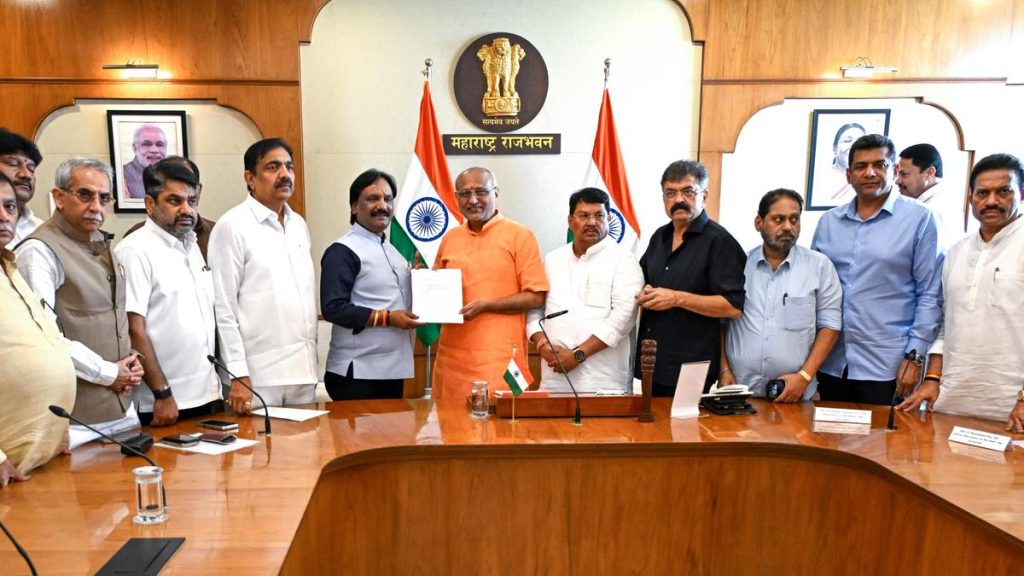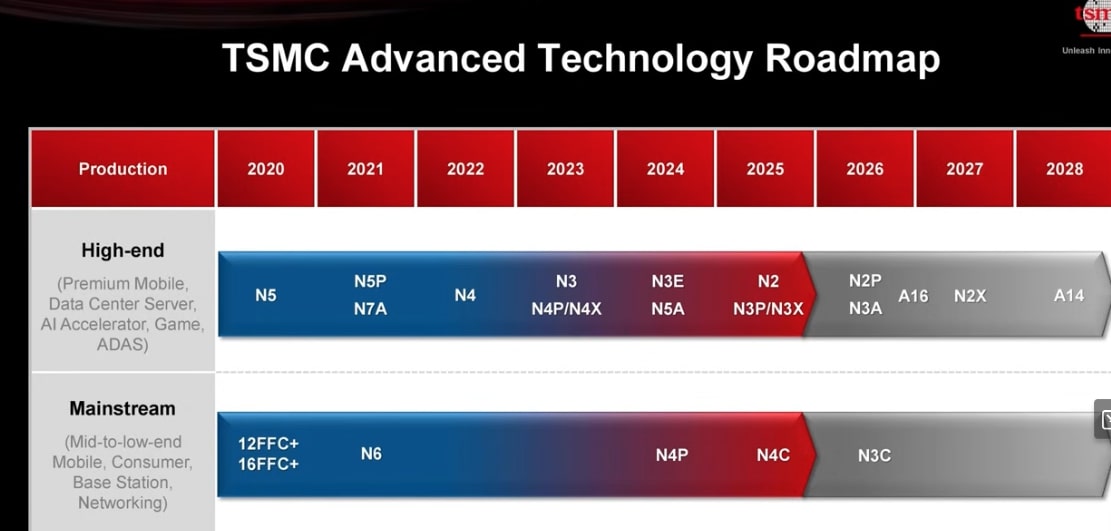Now Reading: SpaceX Starship to Drive Space-Based Solar Growth: Megawatts by 2030, Gigawatts by 2040
-
01
SpaceX Starship to Drive Space-Based Solar Growth: Megawatts by 2030, Gigawatts by 2040
SpaceX Starship to Drive Space-Based Solar Growth: Megawatts by 2030, Gigawatts by 2040

Swift Summary:
- Virtus Solis and Orbital Composites aim to launch space-based solar power systems.
- A 2027 exhibition will showcase key technologies, including robotic assembly of solar tiles in medium-Earth orbit and wireless transmission of over one kilowatt of power to Earth.
- The demonstration is a precursor to large-scale megawatt-class installations planned by 2030 and gigawatt-level arrays for commercial use beyond.
- space-based solar offers advantages like uninterrupted sunlight, greater availability (~90%), and 40% more intense light compared to Earth-based platforms.
- Virtus Solis plans massive modular arrays with potential energy capacity up to 20 GW thru robotic assembly in space. One example discussed is a phased plan involving up to 100,000 satellites producing scalable energy output (starting with a possible array for generating 100 MW).
- Synfuels may be developed as an alternative energy storage method, offering potential lower costs then conventional fossil fuels.
Indian Opinion Analysis:
This emerging technology highlights notable implications for India’s renewable energy ambitions. As India seeks innovative ways to meet its growing electricity demand while reducing dependence on coal and customary sources, partnerships or similar initiatives could provide scalable clean-energy options for the country. space-based solar ensures constant supply unaffected by terrestrial disruptions such as weather or day-night cycles-a recurring challenge for India’s utility-scale photovoltaic projects.
Moreover, synfuel development tied to this innovation could address complex electrification needs-as an example, aviation or marine industries-where direct electrification remains impractical. India’s increasing strategic interest in space technology also makes this development noteworthy from collaboration viewpoints or establishing leadership in future satellite-powered clean-energy systems.
India’s robust policy incentives supporting green energy transitions might further align well if these technologies are commercially viable within projected timelines. However, key challenges like costs per watt generation need global solutions before mass adoption becomes realistic.

























